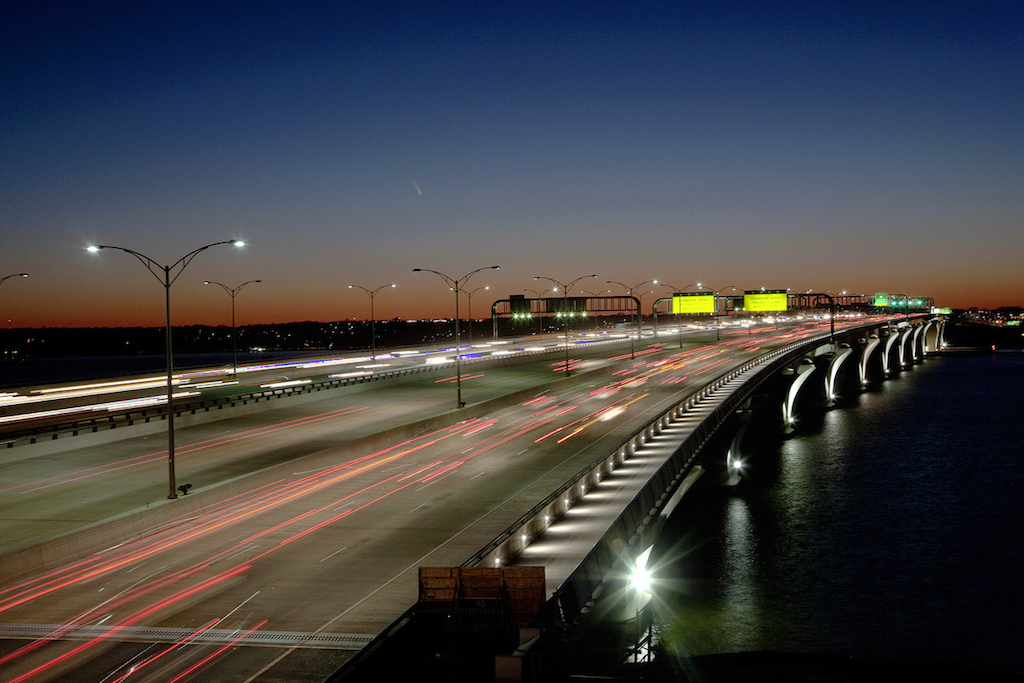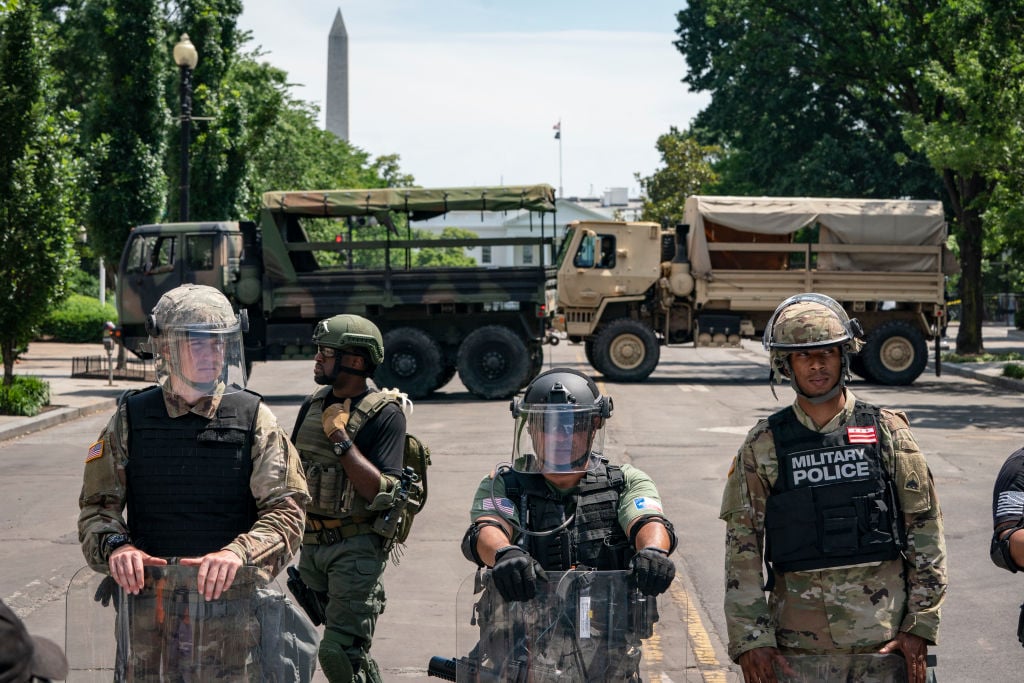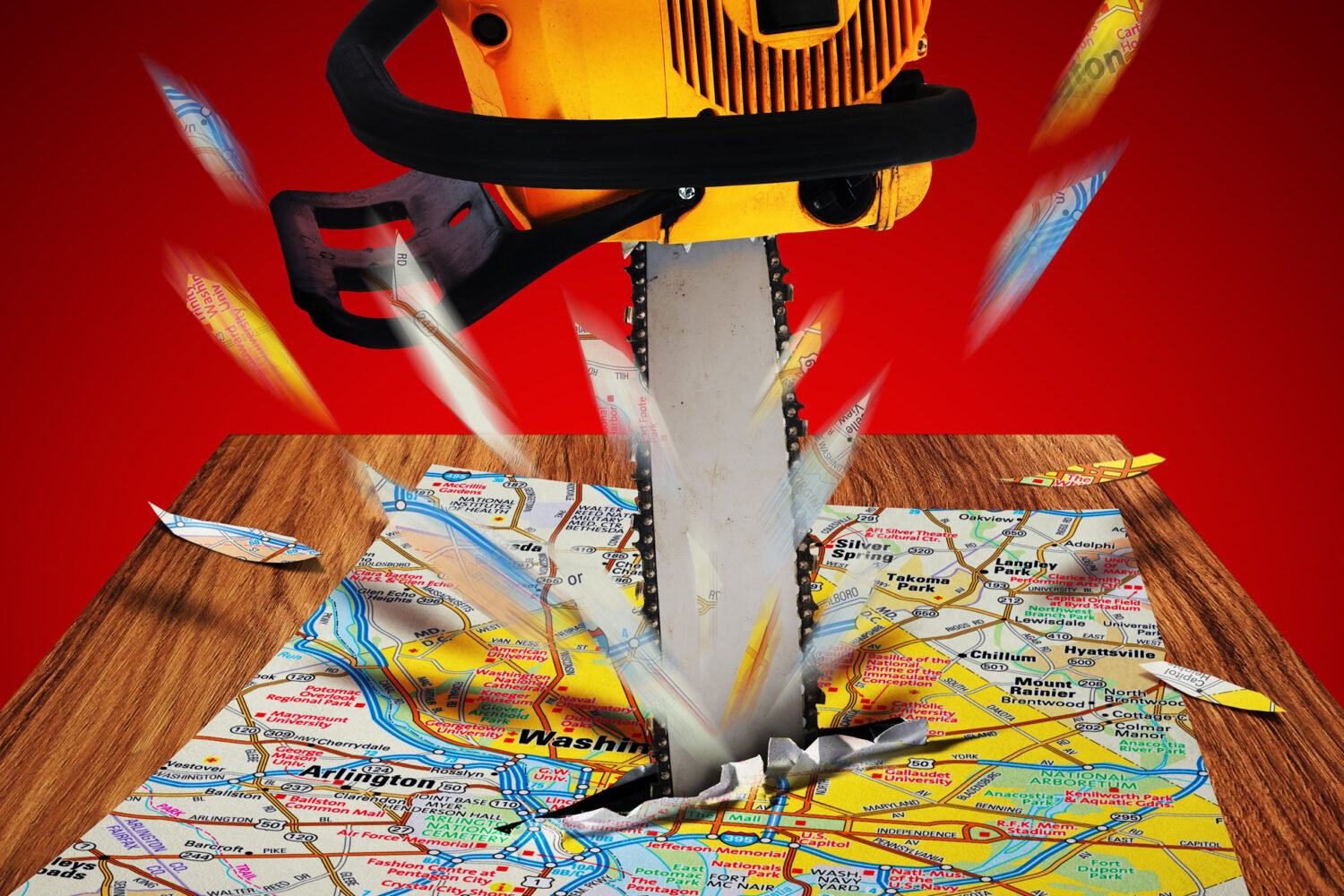The federal budget the White House plans to propose this week is expected to make deep cuts to domestic government programs in order to pay for a vast military and homeland-security buildup. If the draft budget reported by the Washington Post is adopted word-for-word, tens of billions of dollars would flow to defense spending and construction on a wall along the US-Mexico border, but departments and agencies throughout the rest of the government would be slashed to ribbons.
President Trump‘s ideal budget would have him overseeing the biggest reduction in the size of the federal workforce in more than 70 years. And cutting $58 billion from non-defense discretionary spending will likely have debilitating impacts on the Washington area. According to the Post, Trump’s planned cuts could reduce employment and home values in the DC metropolitan area by nearly 2 percent each, and incomes by 3.5 percent.
While a President who campaigned on a “drain-the-swamp” mentality that casts everyone in Washington as complicit in making the United States not great might sneer at worries of those kinds of economic hits, they’re enough to trigger a region-wide recession, says Josh Bivens, the director of research at the Economic Policy Institute.
“Reducing the federal workforce by one-fifth, it would be devastating,” Bivens says. “A huge share of the good jobs in the DC area are federal employees. It makes you wonder how the business of government gets done.”
Washington’s economy is, of course, heavily reliant on the federal government, but not exclusively. About 14 percent of the region’s workforce is employed directly by the federal government. Combined with the jobs that come through contracting, and about 36 percent of DC-area workers rely on federal spending for their incomes. Laying them off en masse would ripple through the rest of the local economy.
“A 3.5 percent in national income is a pretty steep recession,” Bivens says. “We have definitely gone many recessions where national income has not fallen 3.5 percent.”
Beyond the people who earn their paychecks from the government, nearly everyone else in Washington would quickly feel the recessionary effects trickle down. For someone who is federal government-adjacent, like, say, an information-technology specialist who sets up phone and computer systems for agencies and contractors, the shuttering of government offices means fewer clients.
“Usually the job losses start somewhere, but one person’s income is another’s customer,” Bivens says.
Widespread income losses means less spending overall, which would quickly reach other sectors of the local economy, including housing, retail, and service. Fewer people would go out dining and shopping. Shrinking the federal workforce would also diminish the Washington region’s ability to attract new residents, driving down the housing market.
What’s also frustrating to liberal economists like Bivens is that the White House’s argument behind its slash-and-burn approach is purely ideological.
“Are there government functions that could be done more efficiently?” he says. “I think that’s absolutely true. I think an across-the-board ax reeks of a predisposition to not like government. As a share of the actual workforce”—there are about 2.8 million federal employees, out of a national workforce of about 158 million—”the federal government has been shrinking for a long time compared to other advanced countries. If they’re going to make the big-or-small argument, they should at least get the facts right.”
Much of the United States would be negatively impacted by a huge reduction in the federal workforce. But considering Trump’s governing mantra (however ecologically inaccurate), Washington will be “pretty screwed” in Bivens’s estimation, with the effects lingering long after Trump leaves office.
“One thing the DC area has is a solid middle class, and a lot of them are federal workers,” he says. “So if we’re taking an ax to them, we’re doing a lot of damage in the short term and a hollowing out of the middle class in the long term.”




















